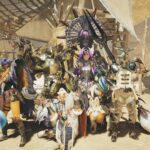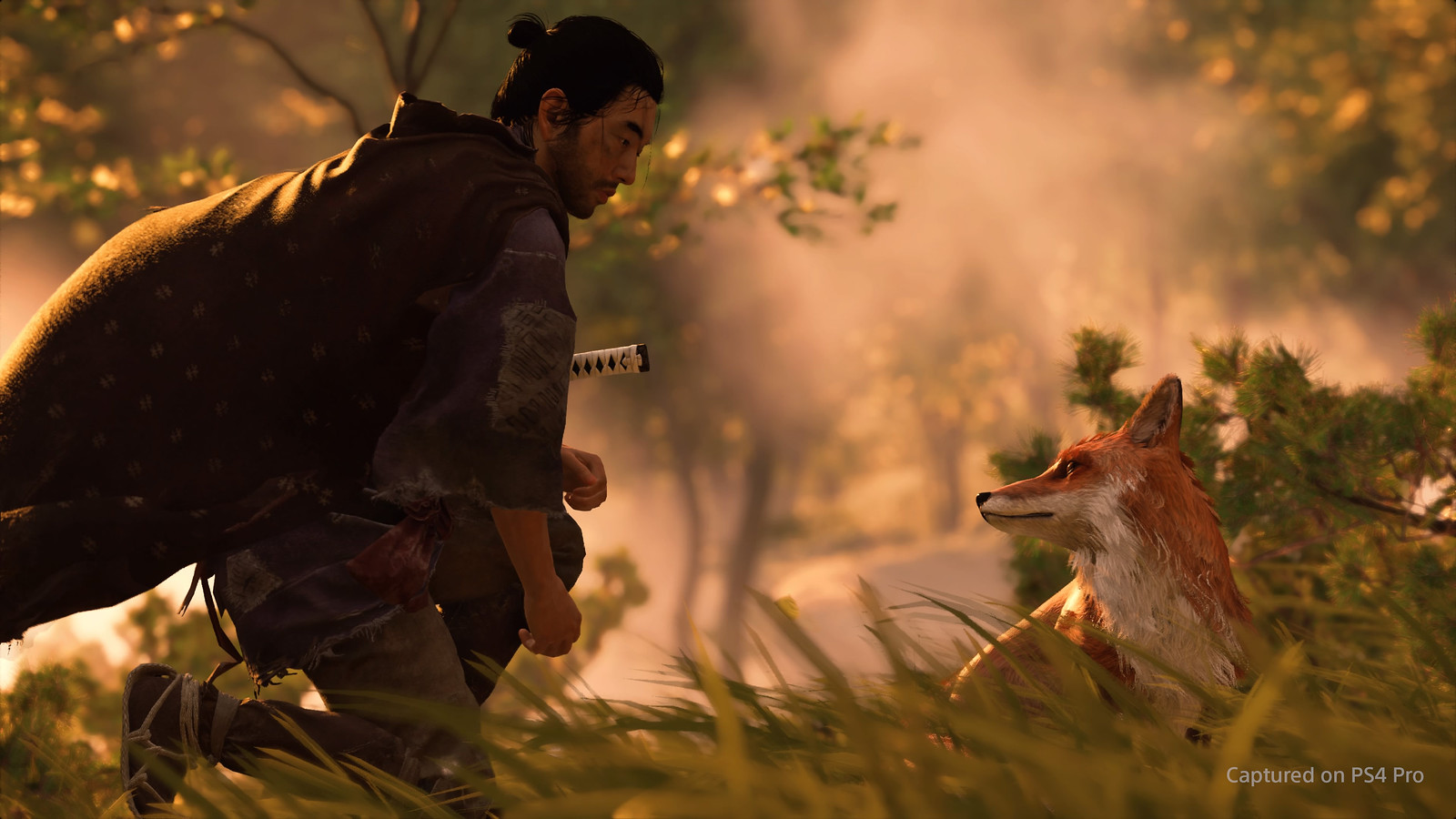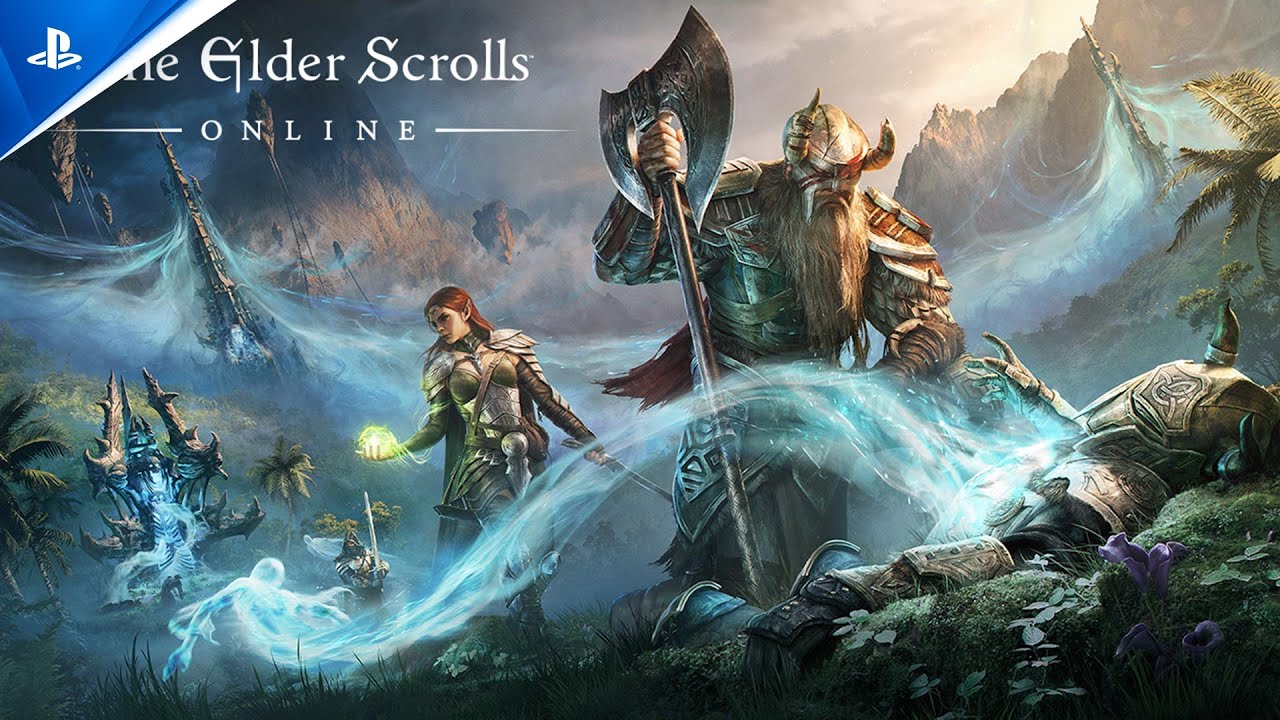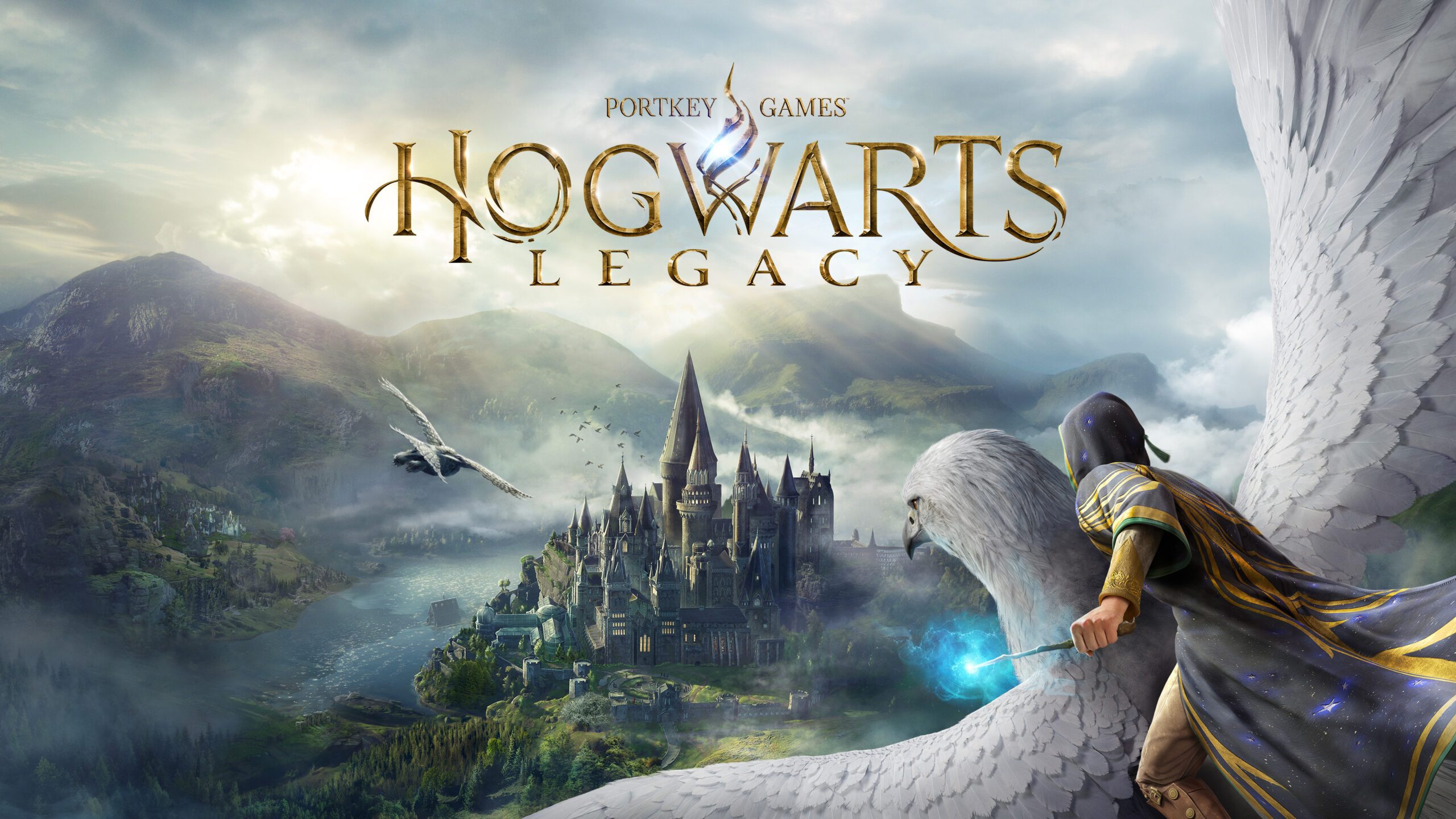My fellow samurai have fallen. My adoptive uncle, Lord Shimura, could be executed at any moment. Everything on the island of Tsushima is on fire or overrun with invading Mongols. As lone samurai Jin Sakai, it’s my unwavering mission to reclaim the island and drive these enemies from my home. Nothing could be more urgent.
I climb aboard my trusted steed with a heavy sigh, wince in agony at the flames spewing from the horizon, and gallop towards my destiny. Within seconds I’m staring down Mongols harassing a citizen on a dusty road, my piercing gaze fixed on their bloody blades. Our swords clash. They fall. One life is saved, and now I break for a stronghold swarming with… hold up. Is that a fox prancing around a golden tree? Well I gotta see where this takes me.
I spend the next several hours petting foxes, gathering flowers, and gazing in slack-jawed amazement at the overwhelming beauty that saturates Ghost of Tsushima. Just totally losing all sense of immediacy so I can fully absorb the world around me.
It’s a testament to the game’s natural wonder that I’m able to put Jin’s life-altering quest for justice aside. Despite the stirring opening moments mentioned above and some genuinely horrific deaths that further fuel my raging desire for vengeance, the wide-open expanse of the island always called to me — but never in a checkbox-y, distraction-based way.
The alluring layout of sea-sprayed cliffs, contemplative hot springs, show-stopping inari shrines, and other worldly wonders kept me amazed and curious well after the credits rolled… and on to a Platinum Trophy.
Plenty has been said regarding the island, the game’s astonishing Photo Mode, and the searingly radiant leaves flowing through the air. But it bears repeating just how captivating this open world really is, and how positively delightful it feels to just explore. If you scale a towering rock formation, your only reward may be a stunning view. Time and time again, that view (and a quick photo for the ol’ album) was more than enough compensation for the journey.
For every thoughtful moment I spent regarding a waterfall or composing a haiku, there was also a nail-biting encounter with bandits, ronin, and Mongols. Jin is an accomplished swordsman, so from the outset you’re able to handle multiple enemies at once. As he learns new stances and integrates stealth and tools into his arsenal, Jin is able to lay waste to five, six… even ten enemies with just a few moves. By the end of the journey I was supremely confident in my ability to stroll right up to an encampment, declare everyone in sight as a coward unworthy of my attention, and absolutely annihilate ‘em.
This front-facing tactic is honorable and in keeping with Jin’s samurai background, but as Jin’s repertoire expands with stealthy Ghost abilities, you can slink back into the shadows and use these cunning techniques to pick enemies off one by one. Whether you choose to engage foes eye to eye or leap across temple rooftops as the enigmatic Ghost, combat feels fluid and intense.
Jin’s personal journey ties neatly into this samurai/Ghost duality. Following his clan’s defeat, his initial revenge tactics veer towards the traditional, and would likely lead to further ruin. But Yuna, a thief who rescues Jin early on, steers him away from frontal assaults. They bond over a desire to see justice done and the losses they both suffer as a result of their hybrid battle plan.
Over time, Jin also reconnects with notable figures of his past, and meets new allies, all of whom further shape him into an all-new man. The supporting cast — and their personal questlines — are a true treat, profoundly adding to the texture and emotion of the world. What began as “wow that’s a lot of side quests” quickly became “damn, I guess their tale is wrapped up now…”
Combine the memorable cast, vicious combat, and contemplative world map with a sweeping musical score and you have a remarkable adventure that’s without a doubt one of my favorite games of the year.











